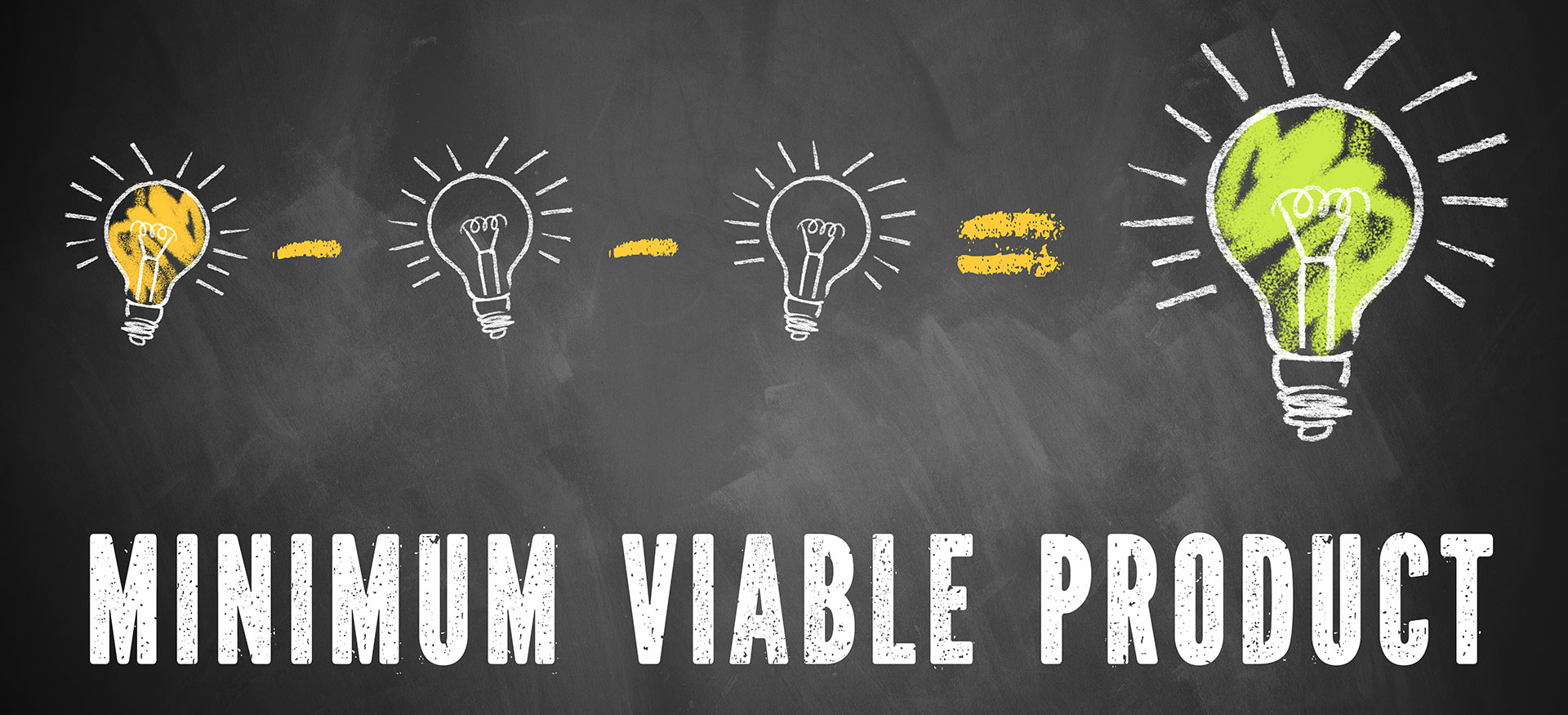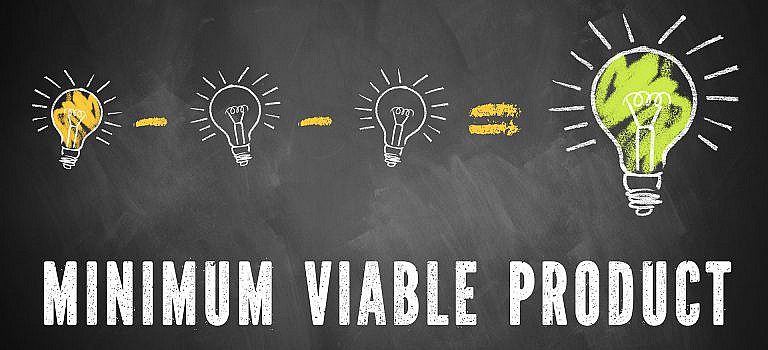
Maximize Data with Lean Thinking
When it comes to the digital experience, Lean thinking can be a tool of immeasurable power. From acquiring qualified traffic to converting those prospects into customers to retaining those customers to build lifetime value, a Lean viewpoint can help optimize every touchpoint of the customer journey. As this is especially the case in a considered purchase industry, Lean is now at the heart of how we at Smart Panda Labs are helping our clients drive customer lifetime value.
Here’s how.
Build
Everyone knows that building products and services that meet customer needs is a primary goal of any business. But customer needs are varied and nuanced, requiring answers to a long list of questions. If you wait to answer all the questions at once, or worse, assume you already know the answers, you risk high costs and wasted time at best. At worst, you risk the failure of an initiative, a division, or an entire organization.
This is why the term “minimal viable product,” or MVP, has become so popular and so important. A tenet of Lean and Agile methodologies, an MVP is a product with just enough features to satisfy early customers and provide feedback for future product development. Each iteration of this streamlined product or service is meant to answer a question or two, or meet a set of demands, but not all demands at once.
We have learned the value of MVPs for our clients’ products as well as our own. So, we build new services and processes, not as fait accomplis, but as MVPs in order to ensure that are meeting client needs.
Measure
Objectivity does not come easily to modern day organizations. While gathering unbiased data is becoming easier, there remains a persistent risk of a biased interpretation of the data.
Lean accounts for this through customer-centric experimentation and measurement, allowing customer interactions and feedback to live at the center of the story. Actionable metrics inform whether your customer is experiencing your product in the way you hypothesize, or if you need to pivot. Either way, customer data and creative intelligence are guiding your decisions, thus maximizing the results.
Our own actionable metrics include feedback from our clients. How do they feel our innovation is helping them? Is it making things easier or harder? Is it aiding them in meeting goals or communicating with teams? The answers to these questions, along with many others, will help us to know whether or not we are moving in the right direction. And these decisions can be based on real feedback, and not simply cool ideas that we fall in love with but bring no benefit to the client.
Learn
“If you cannot fail, you cannot learn.” Eric Reis, the author of The Lean Startup, makes this simple but important point. Not everything works out the way you envisioned. Lean tells us that with every failure comes a wonderful opportunity to learn and iterate. The key is to embrace the opportunity.
For example. One of our clients engaged us to run an experiment on their website. The first test we helped them run failed miserably and quickly. It was designed to be a quick win … but turned out to be far from it. However, the resulting learnings from this failure yielded another experiment that was impactful in both its effect on the business goals (adding seven figures of incremental revenue for the year) and the additional customer insights it yielded.
Failure can’t always be the primary concern. Whether or not we are learning from these failures is what matters. We use our learnings to improve products and services on behalf of our clients, and also to improve the client experience we provide. What makes us better at our jobs also makes for better relationships.
Build. Learn. Measure. This is the backbone of how we harness data and creative intelligence to help our clients drive value from their customers, and it is becoming the method by which we serve our clients, period. If you are reading this, you are more than likely someone’s client. Should you expect any less?
Key Takeaways:
- Lean methodology is a continuous improvement approach that enables companies to make meaningful progress by getting the best use of customer data and intelligence.
- A key tenet of Lean is the “minimum viable product,” or MVP, which encourages the release of a product with just enough features to satisfy early customers and provide feedback for future product
- Lean also emphasizes customer-centric experimentation and measurement, so that customer data and creative intelligence are guiding decision making.
- Lean tells us that with every failure comes a wonderful opportunity to learn and iterate. The key is to embrace the opportunity.
- As applied to digital marketing strategy, a Lean viewpoint can help optimize every touchpoint of the digital experience—from acquiring qualified traffic to converting those prospects into customers to retaining those customers to build lifetime value,
- Lean and its backbone of Build, Measure, and Learn is now at the heart of how we improve products and services for clients. It also informs how we improve the overall experience we provide our clients.
SUBSCRIBE TO OUR BLOG DIGEST!
Submit this form to receive a monthly, curated digest of our blogs, filled with helpful thought leadership, innovative trends and industry insights, all delivered straight to your inbox.
